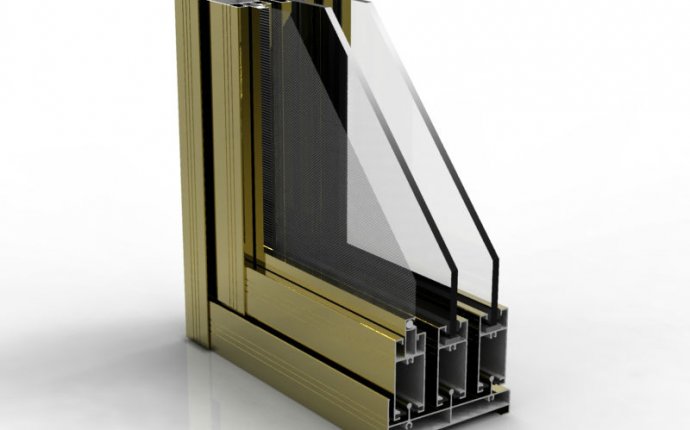
Windows Screen Frame Types
There are several different types of windows. Traditionally, most windows were side-hinged windows, referred to as casements, and sliding sash windows. New opening mechanisms such as friction and pivot hinges are increasingly popular. Window materials, shapes, and sizes vary considerably, as does terminology, so you should read your manufacturer's literature carefully. Replacement windows for older homes often need to be custom-built to your requirements.
Commonly, the material and mechanism of a replacement window is chosen to match the originals. There are some exceptions-new sash windows, for example, will often be equipped with modern spiral balances, although they look the same as original lead counterweight versions. If you are replacing all the windows in your property, or building a new home, then take time to consider energy-efficient products such as double and even triple glazing. Frames may have a sill attached, an optional sill, or none at all. If your old frame has a sill attached, make sure your replacement has one.
Most styles of windows are available in a number of different materials. Each material has advantages and disadvantages in terms of maintenance and appearance.
Windows were traditionally made of wood, and it is still popular because it is so versatile. If old windows are drafty, you can install weather stripping. Hardwood is expensive, but is durable and only needs the protection of oil. You can also paint hardwood windows or give them a natural finish. Softwood windows need to be protected by paint or a natural wood finish, and regularly maintained.
Double-glazed, vinyl windows offer excellent heat and sound insulation. Old windows are often replaced throughout a house by new vinyl windows. In addition to white, other finishes are available, such as wood-grain. Vinyl requires little maintenance.
Where maximum light is required, aluminum windows can be an excellent option-the strength of aluminum means a thin frame can support a large expanse of glass. However, aluminum conducts heat out of the home and is prone to condensation. Double-glazing may be required by building regulations to reduce heat loss. Old aluminum windows were prone to rust, but modern versions are coated during manufacturing and are durable and low-maintenance.
Windows can be made from a combination of materials. Aluminum windows, for example, often have a wooden core, and steel casements can be housed in wooden frames to reduce heat loss. Frames with decorative real wood on the inside, and maintenance-free fiberglass or vinyl exteriors are also available. Traditional lead lights are made up of small pieces of glass held between strips of lead within a wood frame. Other types of windows are available with lead-light-effect double-glazing.









